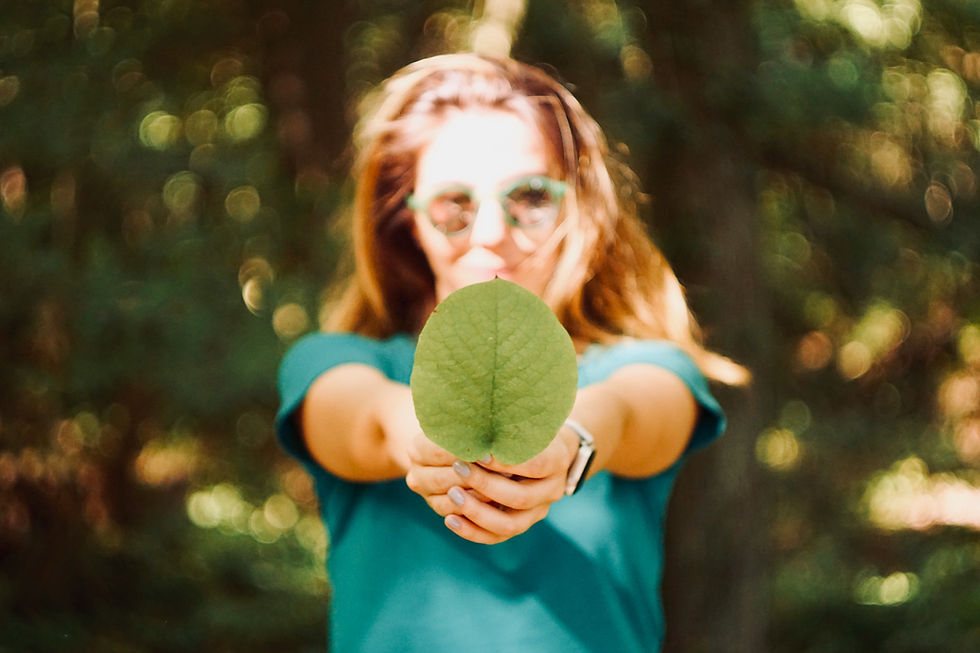Back from Zambia: Insights into tourism consulting on site
- Benjamin Zwack

- 1. März 2024
- 4 Min. Lesezeit

A few days ago, co:compass partner Karsten Palme returned from a consultancy assignment in Zambia, Africa. We were curious to see how the project has developed and so we took the opportunity to talk to Karsten about his previous assignment in Africa.
Karsten, what were the aims of your consultancy assignment in Zambia this time?
This time it was to assess the tourism potential of the region around Lake Tanganyika in northern Zambia from a regional and international perspective and to develop the basis for a national MICE strategy with the most important local stakeholders.
What were your impressions of Lake Tanganyika?
Lake Tanganyika has a large number of endemic fish species, beautiful sand and pebble beaches and all kinds of opportunities for water sports. The current situation shows thatthe region around Kasama, Mbala and Mpulungu is hardly ever visited, as travelling there is extremely difficult. You fly from Lusaka to Mansa and then drive eight hours by car towards the Tanzanian border to the lake. However, two airports are currently being reactivated so that flights can soon be offered from the capital and from Victoria Falls. The communities and companies as well as the provincial government naturally want to be prepared for this.
Which attractions did you take a closer look at during your visit?
Firstly, the Mwela Rock Art Park - and that means: Stone Age cave paintings covering an area of 100 square kilometres, where over 1700 paintings and engravings have been uncovered and can now be visited. However, the park is currently hardly accessible, and the paintings are not protected. Together with the National Heritage Conservation Commission (NHCC), we are trying to set up a project that will make it possible to protect the site on the one hand and generate income through tourism on the other, which will enable further research, conservation, and development.
Then the Chishimba Falls, these waterfalls are among the more than ten most spectacular waterfalls in Zambia (there are well over 50 in total), but they are also hardly developed or used for tourism.
I also visited the Kalambo Falls, the second highest waterfall in Africa at 240 metres, in the immediate vicinity of which is the first recorded fire site known to mankind (300,000 years old). These attractions are remote and - apart from a lodge nearby - are hardly developed.
What challenges do you think the region faces?
Currently, researchers and expats from Lusaka and some Tanzanians are the only tourists in the region, and there are only a few lodges and smaller hotels. But there is already a very active and professional tourism association, the Tanganyika Abercorn Tourism Association (TATA), which was founded by local entrepreneurs and is doing a lot of development work. We spoke to countless local people and organised workshops on tourism product development together with the association. I found it particularly exciting that the stakeholders attach great importance to careful and sustainable development. The challenges are of course huge and range from a lack of funding and insufficiently trained specialists to inadequate spatial planning and poor infrastructure. We have therefore held talks with regional banks and the tourism association to provide tourism start-ups with favourable loans, informed owners of vocational schools about the potential of tourism, spoken to farmers and lodge owners to ensure that food needs can be met from the region, and considered with the villagers which activities could be exciting for guests, e.g. traditional cooking together, handicrafts, music workshops. Guided snorkelling tours are also particularly exciting, as the underwater world of the lake is unique in the world and the water is extremely clear.
How is this project being continued in Zambia?
The result is now a regional sustainable development strategy, which we are supporting online in an advisory and moderating capacity. We will then continue working with our local partners at the beginning of next year.
Were there any issues that particularly caught your attention?
In the workshop, we also talked about the fact that Europeans usually have a slightly different perception of risks than the locals - for example, Zambians are much more relaxed about the existence of buffaloes, poisonous snakes and lions that you might encounter on a hike or crocodiles and hippos while swimming than Europeans. We still need to work on safety aspects and communication ...
What happened next in terms of conference and congress strategy?
Back in Lusaka, we held a workshop to develop the basis for the national MICE strategy. Very exciting: Zambia has huge potential in the MICE sector, but no strategic thought has ever been given to how this can actually be used.
We also spent a whole day working with 40 stakeholders to figure out where to go. There were the CEOs of the major hotel chains (Radisson, Marriott, Hilton, Southern Sun), but also specialized providers from the IT and technology sector as well as representatives of the ministry and the national tourist board.
We worked very intensively on strategic options in several small groups and primarily dealt with positioning and branding as well as hybrid meetings, green meetings and eco-incentives. Zambia does not yet have a place on the MICE map of Africa - but that will change if we succeed together in formulating the results of the workshop into a strategy and then implementing it.





Kommentare